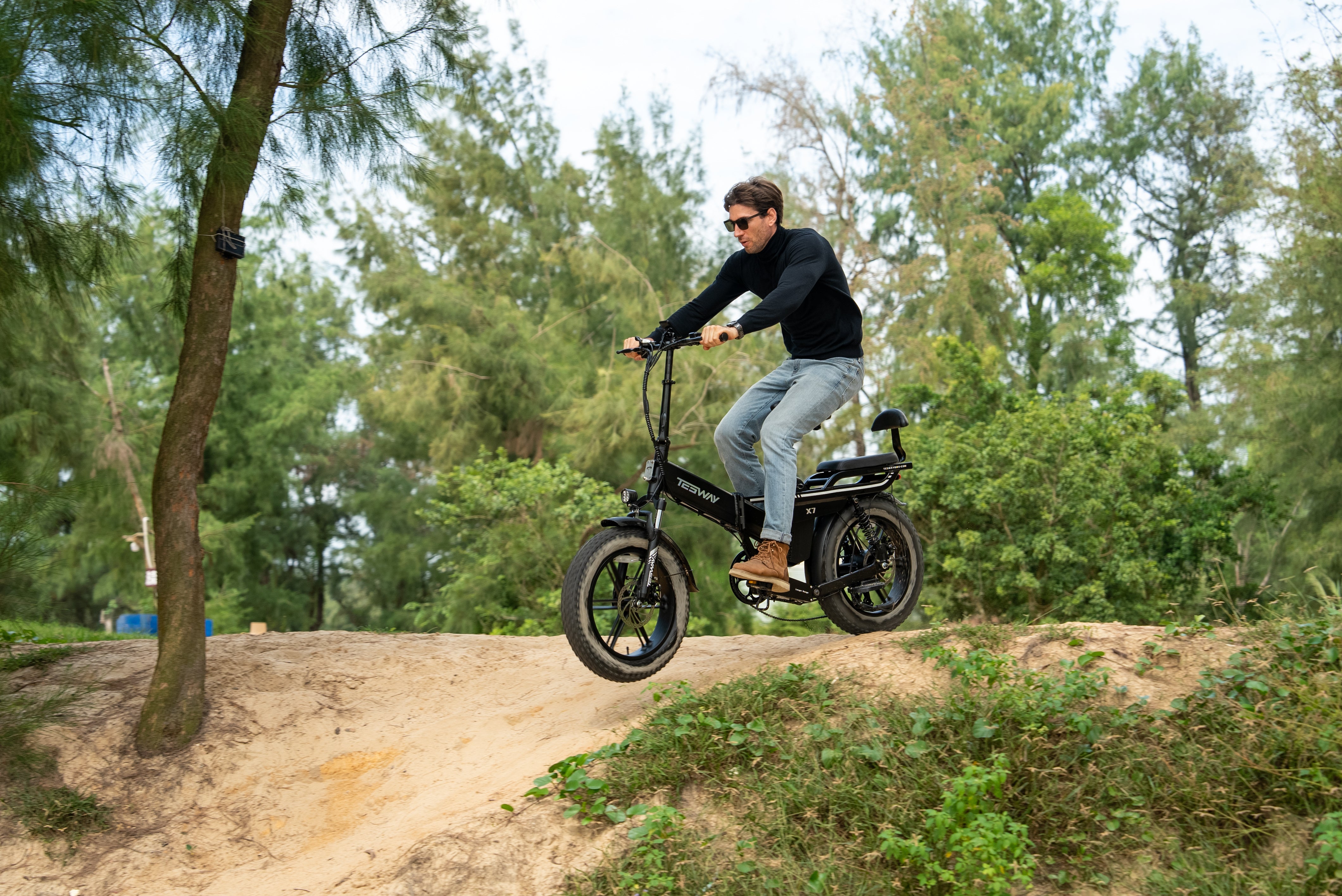Key Biscayne, Florida, has implemented a controversial ban on ebikes and scooters following a tragic incident that claimed the life of Megan Andrews, a 66-year-old resident.
The incident occurred on February 14, 2024, when a 12-year-old riding an ebike collided with Andrews, who was on a pedal bicycle at night. Andrews tragically lost her life in the collision, prompting swift action from village officials.

Reasons Behind the Ban and Details of the Accident
The fatal collision, which occurred during evening hours near a residential area, highlighted significant safety concerns regarding electric bike usage on village streets.
Megan Andrews, a beloved member of the community, was riding her bicycle without lights, and the young ebike rider, on his way to soccer practice, claimed not to have seen her until it was too late.
The medical examiner concluded the collision was accidental, yet it sparked widespread debate and calls for stricter regulations.
In response to the incident, Key Biscayne initially imposed an emergency ban on all electric bicycles and motorized scooters just two days after Andrews' death. This temporary measure was later solidified into a permanent ban through a new ordinance passed during a council meeting, effectively prohibiting these micromobility vehicles from operating on village streets.
SEE ALSO : Do You Need a License for an Electric Bike?
How Common are E-Bike Accidents
E-bike accidents have become a growing concern in urban environments, although they are less frequent compared to traditional bicycle accidents.
Recent studies indicate that electric bikes are involved in a significant number of urban cycling incidents. For instance, a comprehensive analysis by the Insurance Institute for Highway Safety (IIHS) found that electric bicycles contribute to approximately 3% of all reported cycling accidents in metropolitan areas annually.
Factors contributing to these accidents include varying speeds on shared pathways, infrastructure limitations, and visibility challenges for both riders and pedestrians.

Research from the National Association of City Transportation Officials (NACTO) underscores the higher risks posed by ebikes, which can reach speeds of up to 28 mph.
In cities where ebikes are popular alternatives for commuting and recreational use, these vehicles encounter mixed-use environments with pedestrians and slower cyclists, exacerbating collision risks in areas without designated lanes or proper signage.
This rise in incidents parallels the rapid expansion of urban micromobility options, highlighting the need for improved infrastructure planning and safety regulations to mitigate electric bike accidents effectively.

How to Ride a Bike Safely
To ensure safer riding practices, cyclists should adhere to these essential guidelines:
-
Wear a Helmet: Protect yourself from head injuries by wearing a properly fitted helmet designed for biking.
-
Obey Traffic Laws: Respect traffic signals and yield to pedestrians and other vehicles as required by law.
-
Ensure Visibility: Use lights and reflective gear, especially when riding at night or in low-light conditions, to enhance visibility to others on the road.
-
Practice Defensive Riding: Anticipate potential hazards such as pedestrians stepping into the bike lane or vehicles turning without signaling, maintaining a safe distance from potential hazards, and signaling intentions clearly.
-
Regular Maintenance: Keep your bike in good working order, including brakes, tires, and lights, to ensure optimal performance and safety.
Explore safe electric bike options at Tesway for your next urban adventure.

Final Thought
The scenario in Key Biscayne, where electric bicycle and e-scooters faced a ban following a tragic incident, draws parallels to community responses seen in narratives like Footloose.
However, the question arises: is an outright ban the most effective solution?
Perhaps a more balanced approach lies in implementing regulations that prioritize safety without completely restricting innovation.
Considerations such as mandatory helmet laws, educational initiatives, and the introduction of licensing requirements for ebike riders could address safety concerns while preserving the benefits of micromobility options.
Reflecting on the evolution of automotive safety regulations, from initial concerns to comprehensive frameworks including driver licensing, suggests that a similar path could benefit ebike and e-scooter users.
By enforcing responsible riding practices through education and regulated licensing, communities can foster a safer environment for all road users while allowing for the continued integration of sustainable transportation solutions.
FAQs
What are some basic riding techniques for eBike safety?
Always start slowly and get familiar with your eBike’s handling. Use both brakes to stop, avoid sudden accelerations or stops, and maintain a steady speed. Stay aware of your surroundings and use hand signals to indicate turns.
How can I stay visible to other road users while riding my eBike?
Wear bright, reflective clothing and equip your eBike with front and rear lights, especially if riding at dawn, dusk, or night. Use hand signals to indicate your intentions and always ride in a predictable manner.
Are there specific road rules I should follow while riding an eBike?
Yes, follow all traffic laws as you would on a regular bicycle. Ride in the same direction as traffic, obey traffic signals and signs, and yield to pedestrians. Use bike lanes where available and avoid riding on sidewalks.







Share:
Lost your e-bike charger? Here’s how to power up your battery without charger
How to Find the Right Height for Your Bike Seat